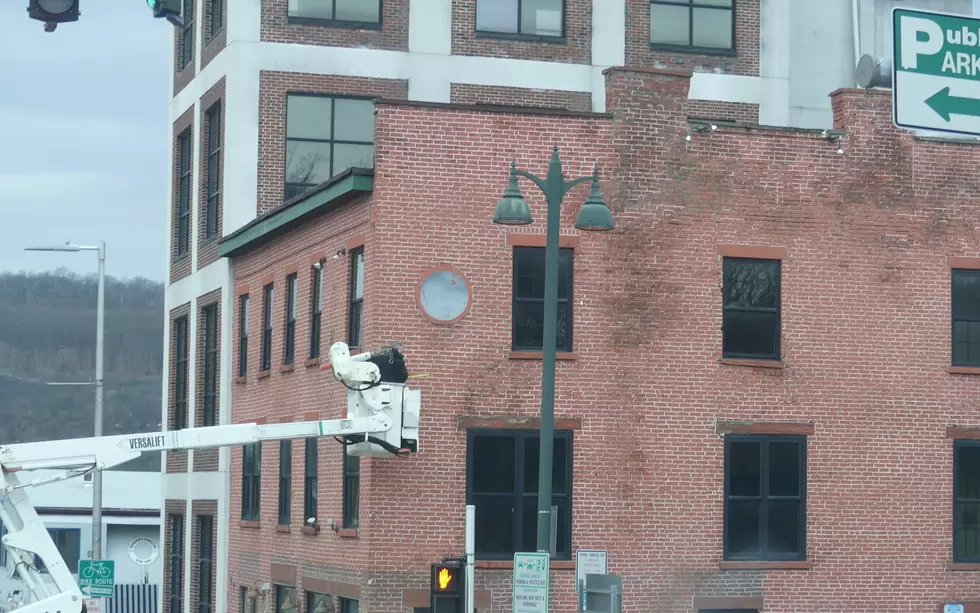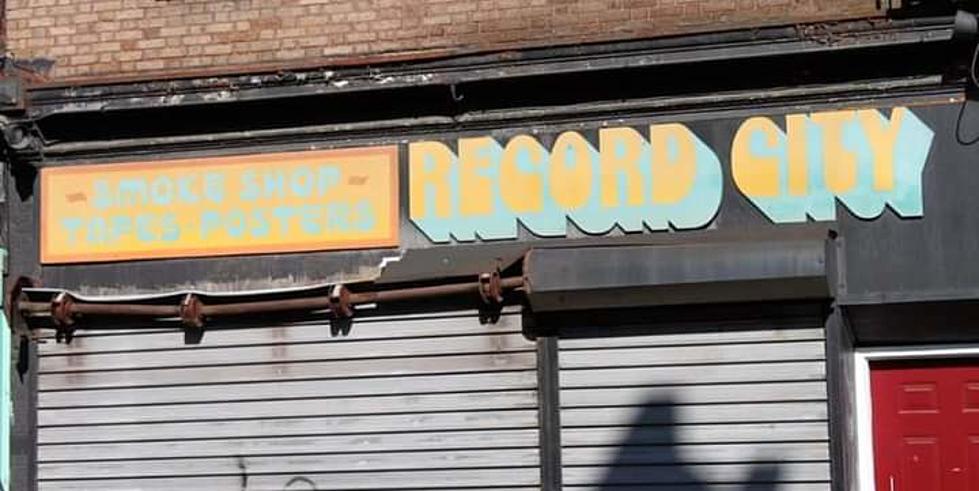
You Might Not Have to Seal Your Granite Countertops After All
You may be surprised to find out that your granite countertops may need even less maintenance than you thought.
OK, you just got new granite countertops and want to make sure they stay as functional and beautiful as they are now. If you're like me, the first thing you do is an internet search for maintenance tips and instructions on how to clean your sparking new counters. The first tip that you undoubtedly see is to seal your countertops. There may even be scary warnings that failing to properly seal your countertop every year could lead to staining and even deterioration of the granite over time.
Should you take this advice seriously and race to the home improvement store for a granite sealer? The answer all depends on if your countertop can pass the water test.
It turns out that not all granite is created equal. Some stone is naturally more porous than others. Even stones of similar colors and patterns can react very differently when faced with moisture. If your countertop is more porous, a sealer is needed to fill in those gaps and stop microscopic amounts of moisture from absorbing into the stone. This leads to discoloration and can even damage the countertop's finish. However, your countertop may not be that porous, or it's so dense that applying sealer would actually be counter-productive (see what I did there?).
Without the use of an electron microscope, it's impossible to tell how porous your countertop is just by looking at it. Luckily, there's a very simple experiment you can do that will give you the answers you need. First, fill up a measuring cup with 1/3 cup of water. Then slowly pour the water directly onto your countertop. As the water sits there, it will do one of two things; absorb into your countertop or stay right on top. The absorption may start immediately. If you see the stone start to darken and the water level starts falling, that means you have an extremely porous stone and are in dire need of sealer. Most countertops in need of a sealer, however, will take between 15-30 minutes to darken. After a half hour, wipe away any remaining water and observe the stone. If it has darkened, that means you need sealant.
Recently Affordable Granite and Cabinetry put a high-quality granite countertop in my kitchen that they sealed upon installation. The first thing I did after they left was put it through the water test. I left water standing on several spots on the counter and checked back in a half hour. There was no change to the stone at all. After leaving the water there for an extra hour there was still no noticeable difference. The water was still sitting on top of the stone and had not been absorbed by the stone at all. Because of this, I now know that my countertops are expertly sealed and ready to take on any spill.
Before blindly sealing your countertops every year, it's a good idea them through the water test first. If water begins to stain the stone, then you know it's time to put a new coat of sealant on them. If not, there's no need to go through the extra expense and labor of sealing your countertops.
For more advice on the right countertops for you, talk to the experts at Affordable Granite and Cabinetry,
More From WPDH-WPDA






